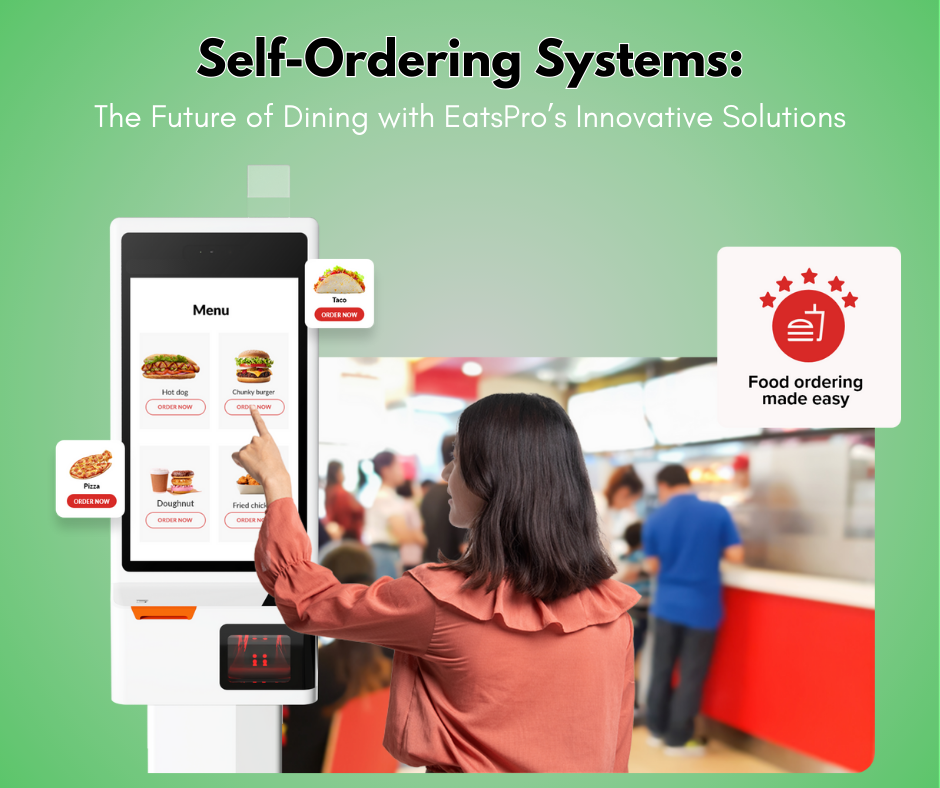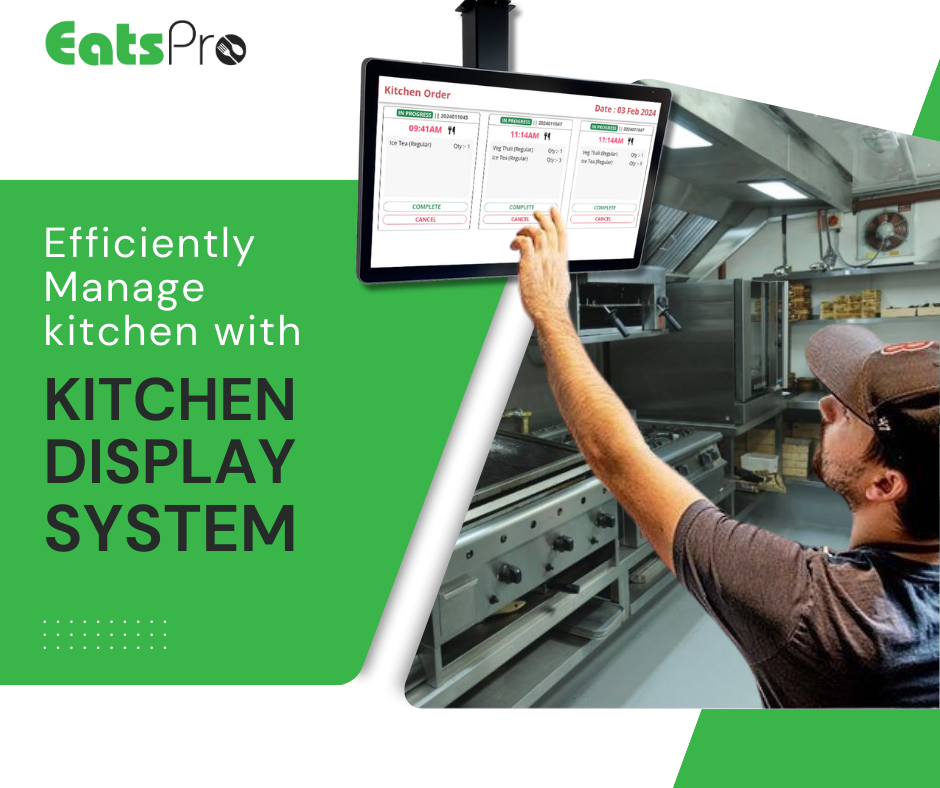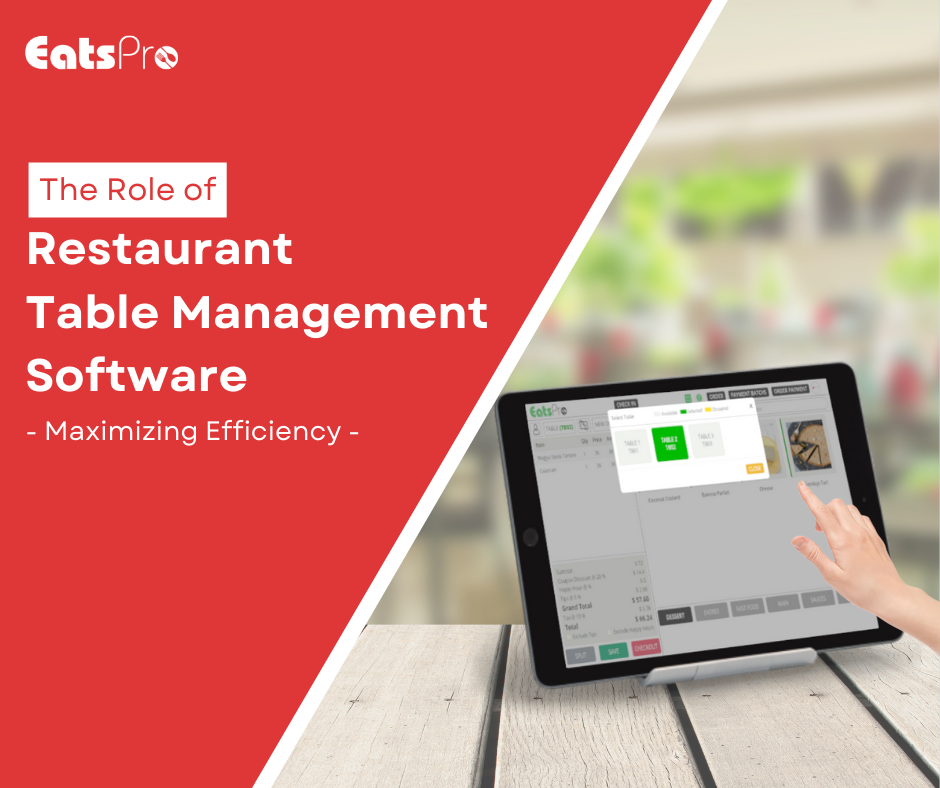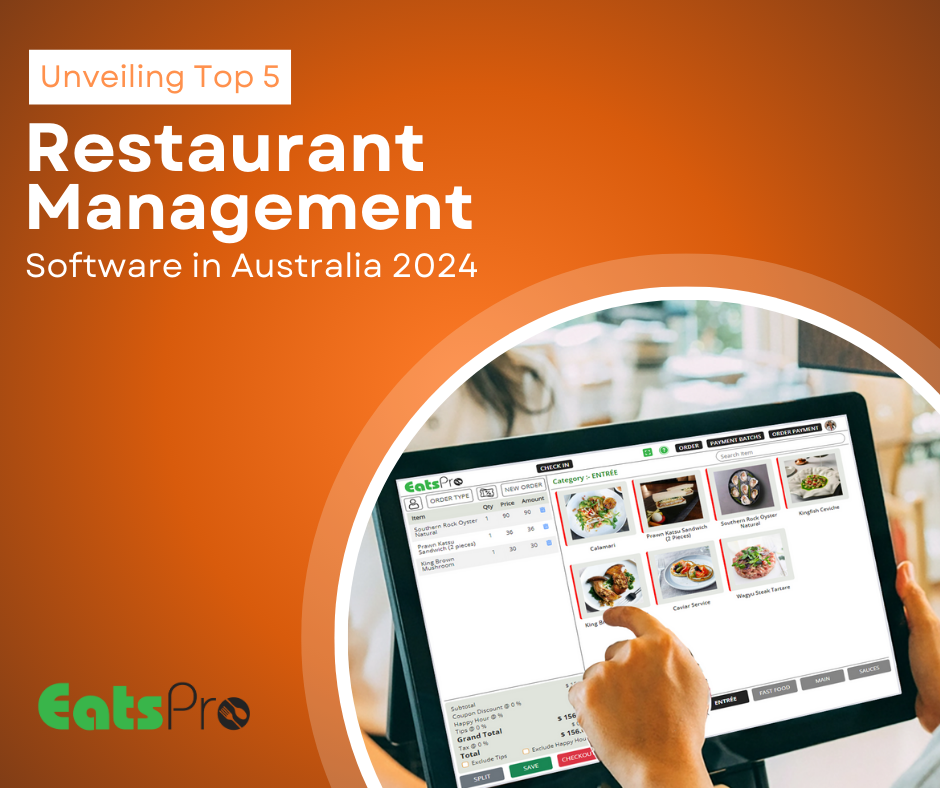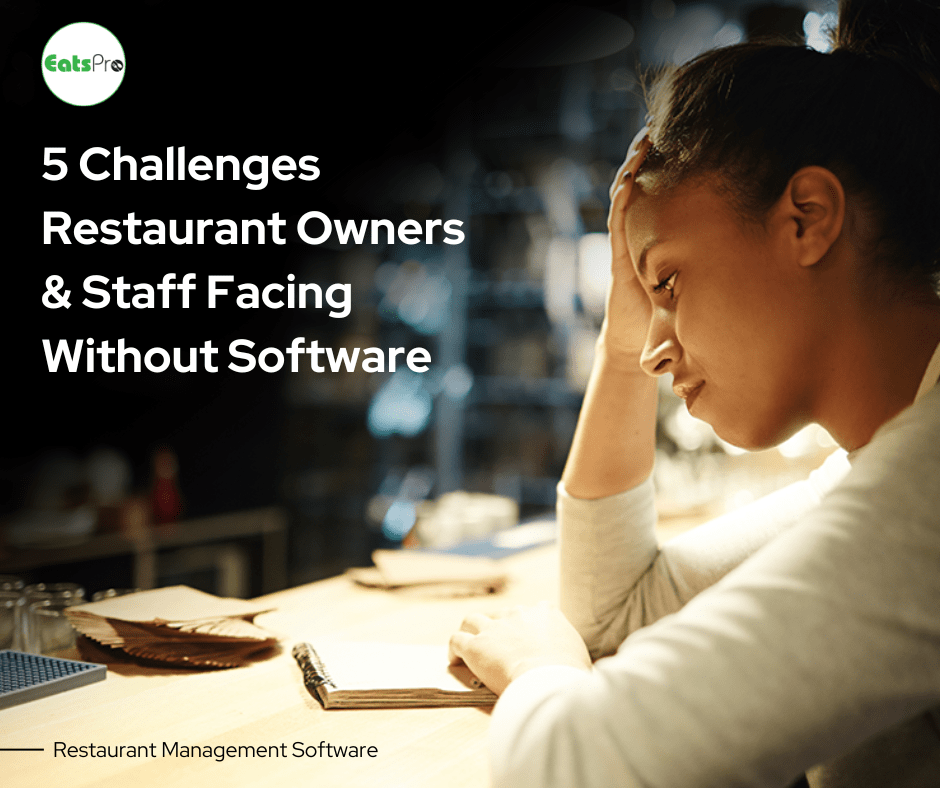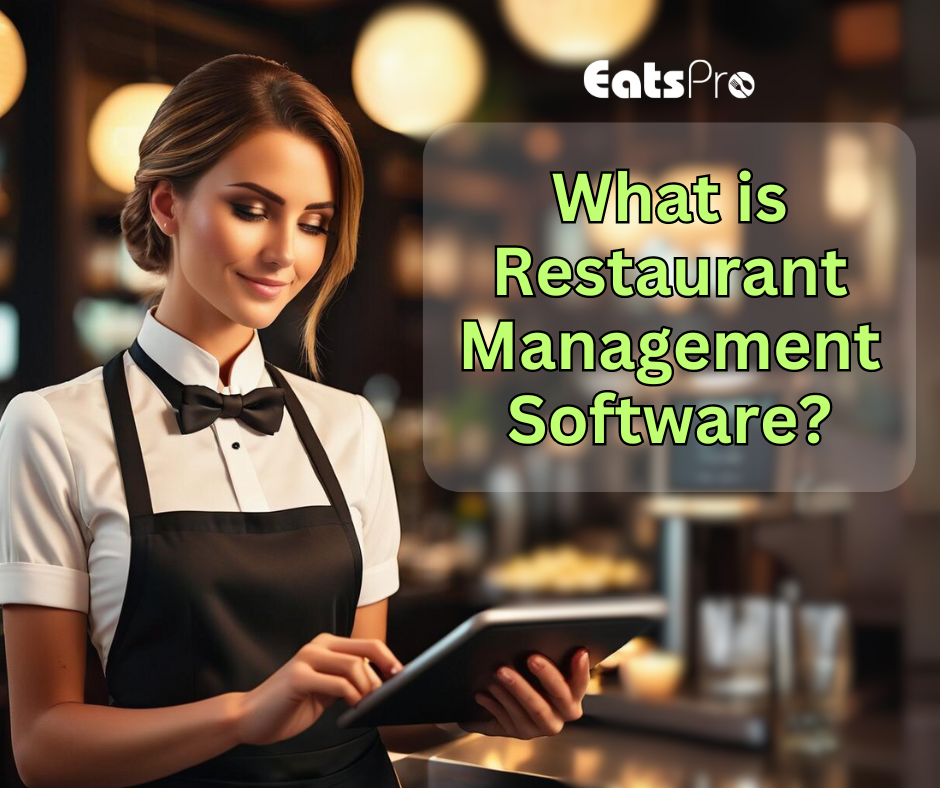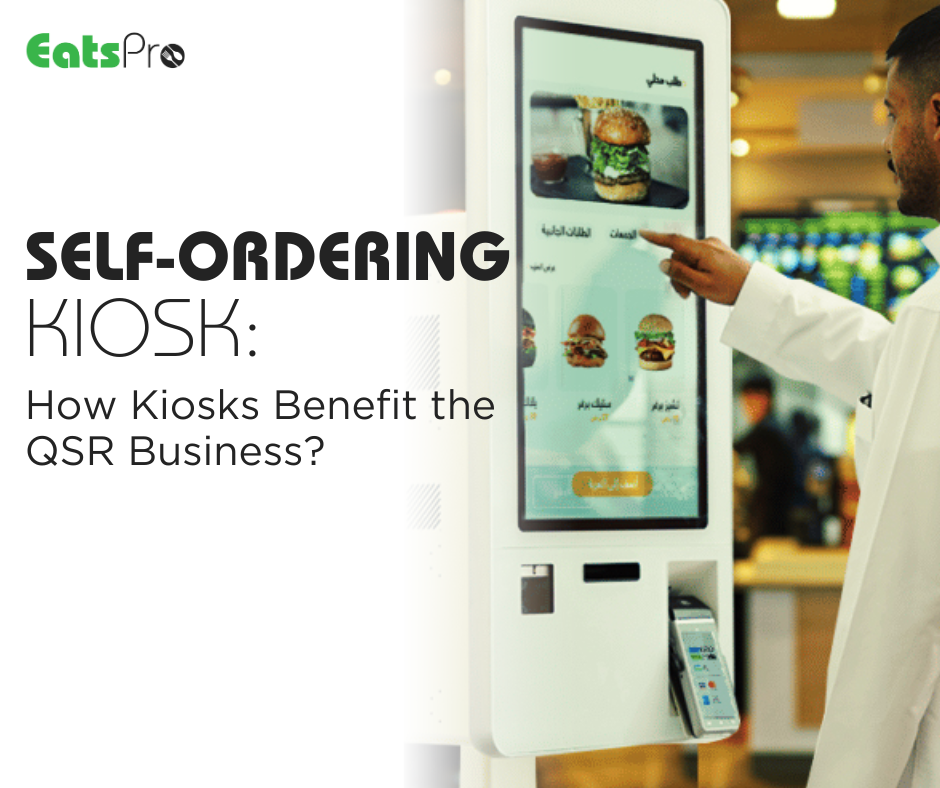
We explore why adding restaurant self-ordering kiosks to Quick Service Restaurants (QSRs) is an innovative decision and how it benefits the QSR business.
Quick Service Restaurants (QSRs) are always looking for new methods to improve efficiency and customer service. One option that is becoming well-known is the integration of self-ordering kiosks in QSRs. Kiosks have become popular because they allow customers to be more in control and avoid confusion.
In this blog, we explore why adding self-ordering kiosks to Quick Service Restaurants is innovative and how they benefit the QSR business.
Why we Should Consider Adding Self-Ordering Kiosks to Fast Food Restaurants:
1. Improved Efficiency
- Self-ordering kiosks enable users to explore menus, make custom orders, and pay on their own terms, reducing the burden on employees during peak hours.
- By automating the ordering process, restaurants can minimize failed orders and enhance order accuracy, resulting in faster delivery and better customer satisfaction.
2. Enhanced Customer Experience
- Self-ordering kiosks provide customers with an easy and simple way to order. It eliminates long lines and waiting times.
- By customizing orders based on personal preferences and dietary restrictions, customers can enjoy a more satisfying dining experience.
3. Increased Upselling Opportunities
- Self-ordering kiosks are programmed to recommend add-ons, meals, upgrades, or other combinations, which increases upsells and boosts revenue.
- By strategically positioning instructions and graphics, kiosks may encourage customers to explore different menu items or special promotions, ultimately increasing the average value of orders.
How Self-Ordering Kiosks Benefit the QSR Business:
1. Cost Savings
- Self-ordering kiosks could reduce significant labor costs by reducing the necessity for traditional cashier jobs.
- With fewer employees needed to process orders and transactions, QSRs can allocate their resources to other business areas, such as food quality or marketing campaigns.
2. Data Insights
- Self-ordering kiosks can collect valuable information about customer preferences, order patterns, and peak hours, which allows QSRs to make data-driven decisions about optimizing their operations.
- Through the analysis of this information, restaurants can adjust menu options, pricing strategies, and staffing levels to satisfy customers' demands and boost overall effectiveness.
3. Competitive Advantage
- In a highly competitive market, QSRs that use technology and provide a seamless order experience are able to stand apart.
- With self-ordering kiosks, restaurant owners show their commitment to innovation and customer comfort, attracting tech-savvy customers and distinguishing themselves from competitors.
Conclusion
Restaurant Self-ordering kiosks are a win-win opportunity for QSR restaurants. They increase efficiency, enhance customers' experiences, and boost business growth. With these advantages, QSRs are positioned to succeed in a constantly changing business.
With self-ordering kiosks, fast food restaurants can revolutionize how they serve customers, driving efficiency, improving customer satisfaction, and ultimately, increasing profitability.
FAQ's
Q-1. Are Restaurant self-ordering kiosk systems difficult to use?
Ans.- No, self-ordering kiosks are designed to be easy to use. They use straightforward touchscreen interfaces that help customers through the step-by-step ordering process.
Q-2. Will self-ordering kiosks replace human employees?
Ans.- Self-ordering kiosks can automate the order process; they generally complement rather than replace human employees. Staff are still needed to prepare food, support customers, and manage the kiosks.
Q-3. Do self-ordering kiosks accept cash payments?
Ans.- In many cases, self-ordering kiosks can accept cards, net banking, and cash, allowing customers to choose how to pay for their orders.
Recent News
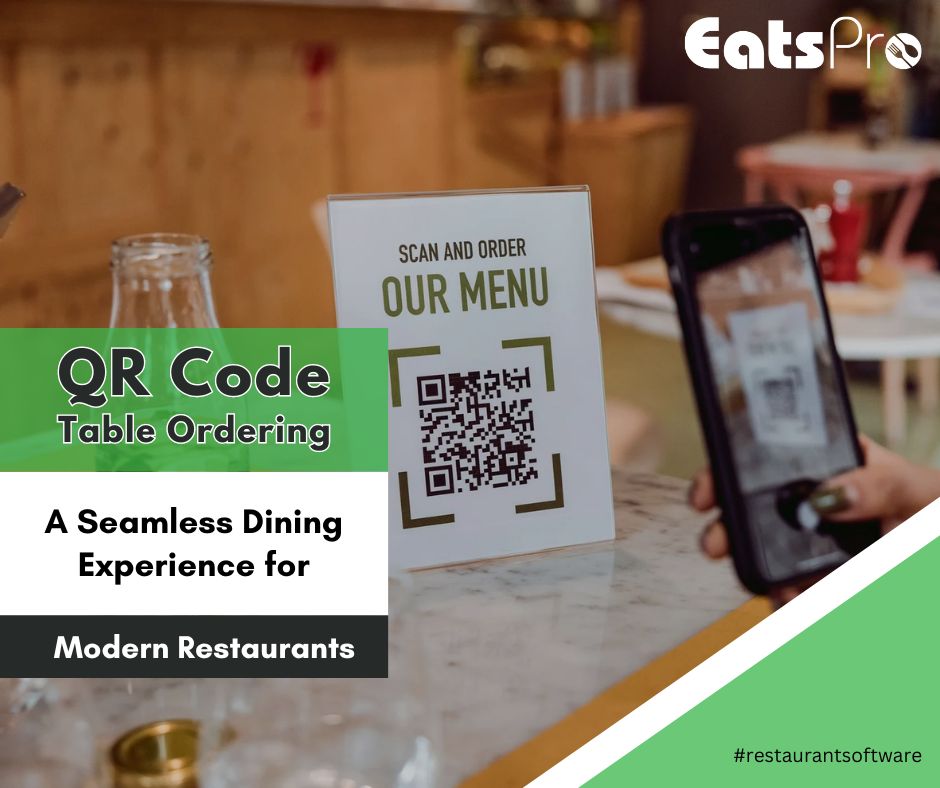
Oct 04, 2024
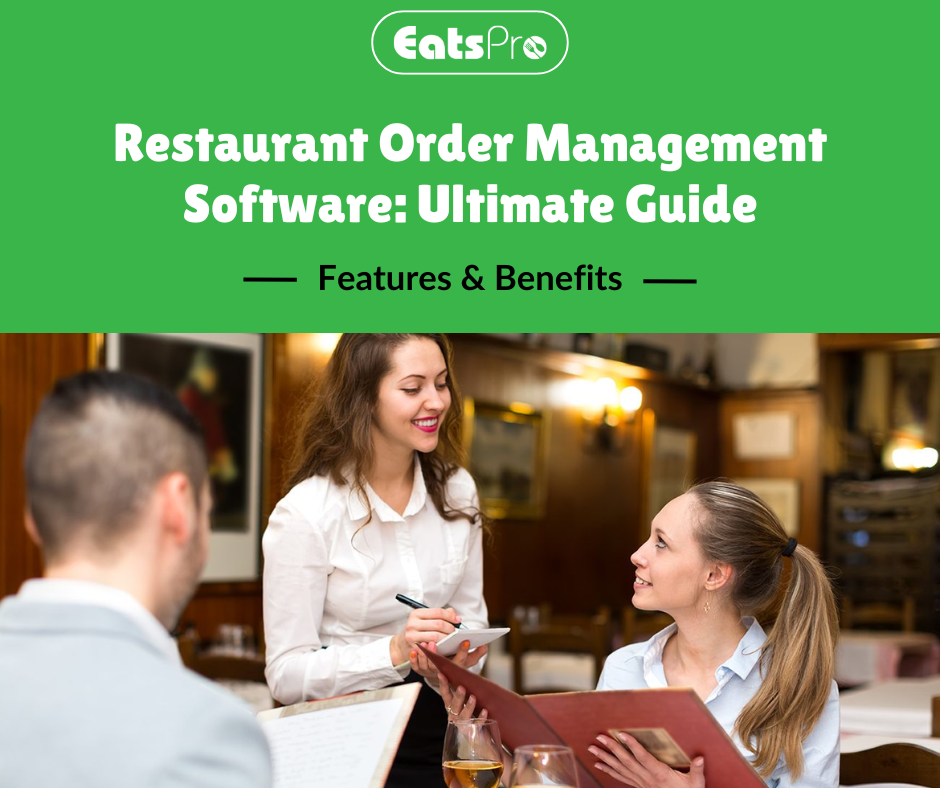
May 29, 2024
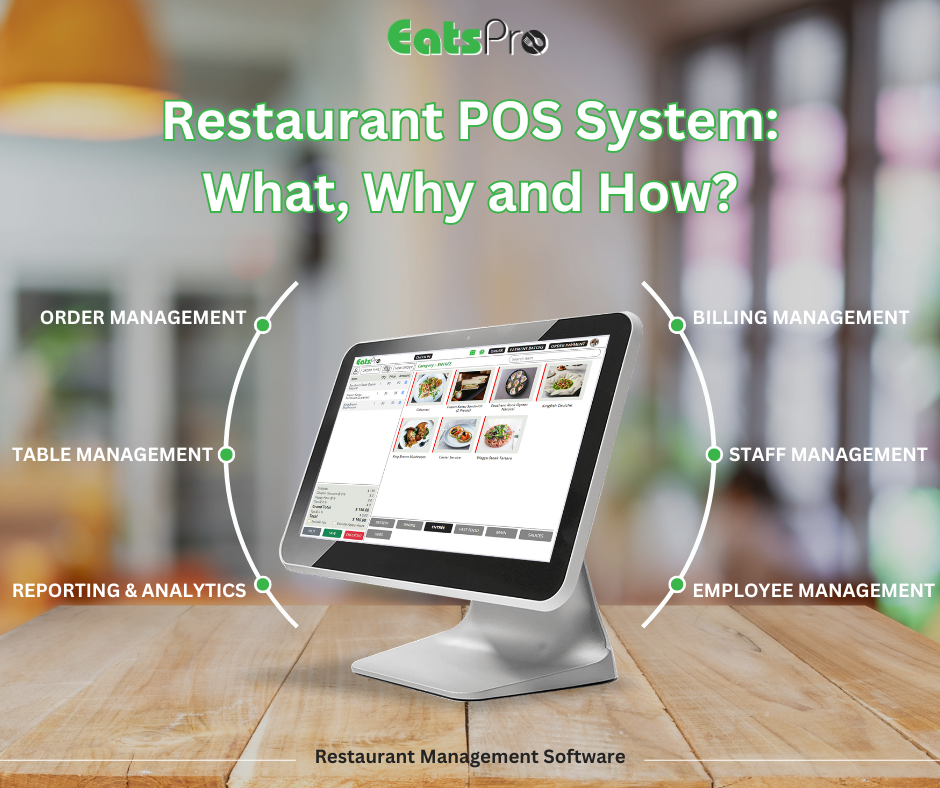
Apr 24, 2024

